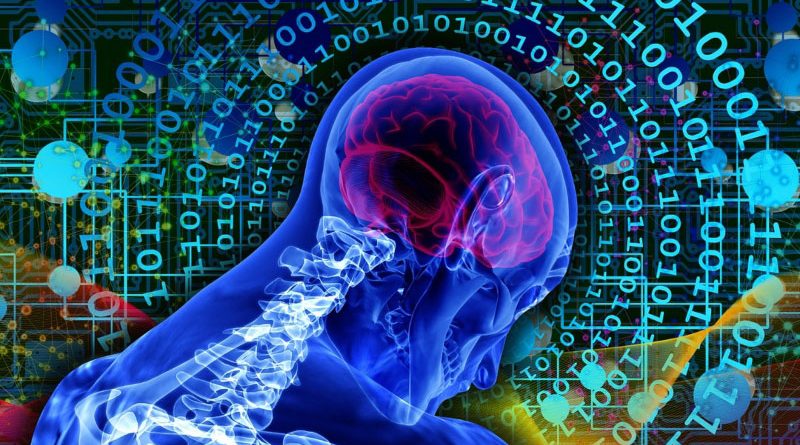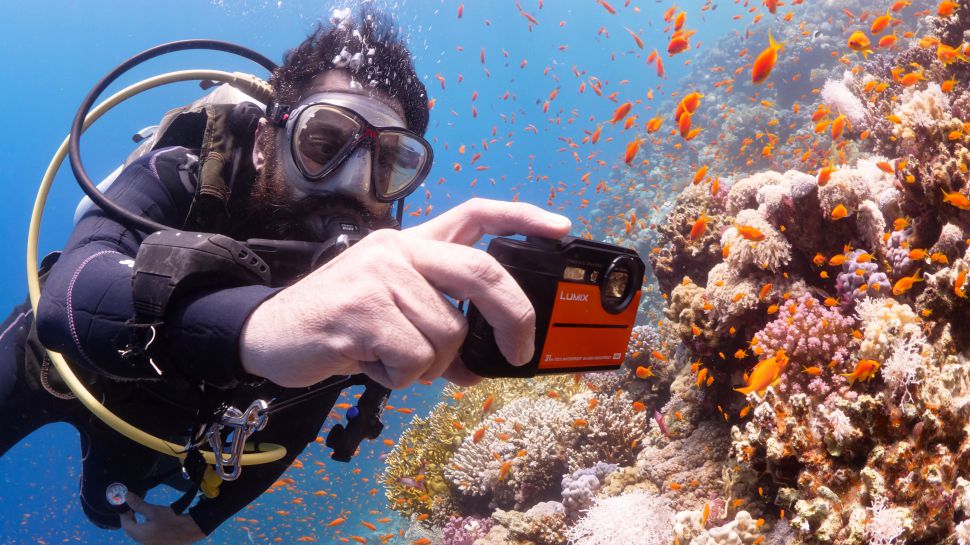How AI Is Aiding the Fight Against Coronavirus
When people think about artificial intelligence, they usually picture a robot with human consciousness, capable of creating art and having deep conversations. However, artificial intelligence is the simulated human intelligence in machines programmed to think like humans or copy their actions. The term is also applied to any machine that has traits of a human mind, such as learning or problem-solving, for example.
When talking about AI, there’s usually a mention of machine learning. Machine learning is a subset of AI, and there’s a difference between the two. AI is the concept of machines being able to do smart things, while machine learning is the application of AI with the idea of feeding machines data, thus enabling them to learn by themselves. All machine learning is AI, but not all AI is machine learning.
Both AI and machine learning are helping humanity fight against the coronavirus pandemic. Here’s how.
AI and Healthcare
While some governments were using mobile apps to track their resident’s movement (almost invading their privacy), researchers focused on developing AI and machine learning systems to help scientists obliterate the virus.
AI and Protein Structures
One of the issues with coronavirus is that it spreads quickly, and the majority of the population is not immune to it. The only known cure so far is the vaccine, and AI can be used to understand the virus’s structure. That can save researchers months of experimentation. Although many of the structure prediction systems are still new and in development, some model predictions can be used.
AlphaFold AI system created by DeepMind, for example, has one such model. The scientists behind it released the predicted protein structures in April, with an open license in hopes that other research teams can benefit. Baidu, the Chinese company, has also made its Linearfold algorithm available to researchers for virus structure predictions.
AI Chatbots
Healthcare and government institutions have included machine-learning chatbots to screen COVID-19 symptoms and answer questions from the public. Clevy.io, for example, is a startup behind the CovidBot. CovidBot uses real-time information provided by the French government and the WHO.
It’s based on official public health information, and its objective is to give recommendations and answer questions from internet users about the virus, but it’s not created to replace actual medical advice. It also has an integrated self-diagnostic test, validated by the Ministry of Health. So far, CovidBot has sent about three million messages, and many French cities such as Strasbourg, Orléans, and Nanterre are using it to distribute verified information.
AI Software for Diagnosis
Damo’s Academy AI system can be used to diagnose coronavirus cases with up to 96% accuracy. This AI system does two things:
- Tracks treatment response in confirmed cases;
- Provides diagnostic for suspected cases.
It uses CT scans from confirmed cases to track the changes and can classify the suspected case into three categories: confirmed coronavirus, common flu, and other respiratory diseases. Since the CT machine produces 300 to 400 scans per patient to start diagnosing COVID-19, doctors take a lot of time to go through all of them. The AI system does it way faster, which saves doctors’ time and allows them to focus on more critical tasks. This system is now in use in about 226 hospitals and has detected more than 30,000 coronavirus cases.
Machine Learning and Big Data
Machine learning, as a subset of artificial intelligence, can be used for the following:
- To identify who is at risk;
- To predict the spread of the disease, and map where viruses come from;
- To understand infections better and predict the next pandemic.
Machine Learning and Risks
Machine learning is excellent for determining the risk of infection, the severity of the risk, and the outcome. Machine learning considers the following information for risk assessment:
- Age and comorbidities;
- General hygiene habits;
- Social habits, number, and frequency of human interactions;
- Location and climate;
- Socio-economic status.
Even though there are still not enough specific data about these factors and preventative measures, such as wearing a mask affecting the outcome, the early solutions are promising. When it comes to severity assessment, there are no sufficient datasets to apply machine learning effectively, but the groundwork has been set. Closedloop is just one example of an AI prediction model that can identify people who are most at risk of severe complications due to COVID-19.
Predicting the outcome of the treatment is an extension of severity assessment, and it would’ve been great to use it for COVID-19. Unfortunately, the treatments for COVID-19 are still evolving, and some time will pass before machine learning can be applied to predict the outcome for a specific treatment. The vital thing to consider is that researchers are open-sourcing many of the datasets to the public, and it’s only a matter of time when humanity will witness the improved systems for the prediction of treatment outcomes.
Machine Learning for Mapping and Trends
When it comes to mapping and trends, machine learning can help determine how the virus can spread and where the outbreaks may happen. By analyzing large volumes of datasets, the systems can forecast the spread of coronavirus. BlueDot was one of the first systems to raise the alarm about the outbreak of respiratory diseases in Wuhan, China.
BlueDot combines news reports, airline data, and animal disease networks in more than 60 languages to detect outbreaks and predict the spreading of the disease. Epidemiologists can review the provided information from a scientific standpoint, see if data makes sense, and act accordingly.
Summary
Artificial intelligence and machine learning have reached a point where they can be used to save humanity. The fight against coronavirus is ongoing, but the AI can speed up the process by analyzing large datasets and aid in vaccine development, disease diagnosis, and delivering information to stop the virus from spreading. With machine learning, researchers and scientists can get information quicker. Even though some aspects of machine learning aren’t perfected yet, it’s still good enough for the fight against the pandemic.



